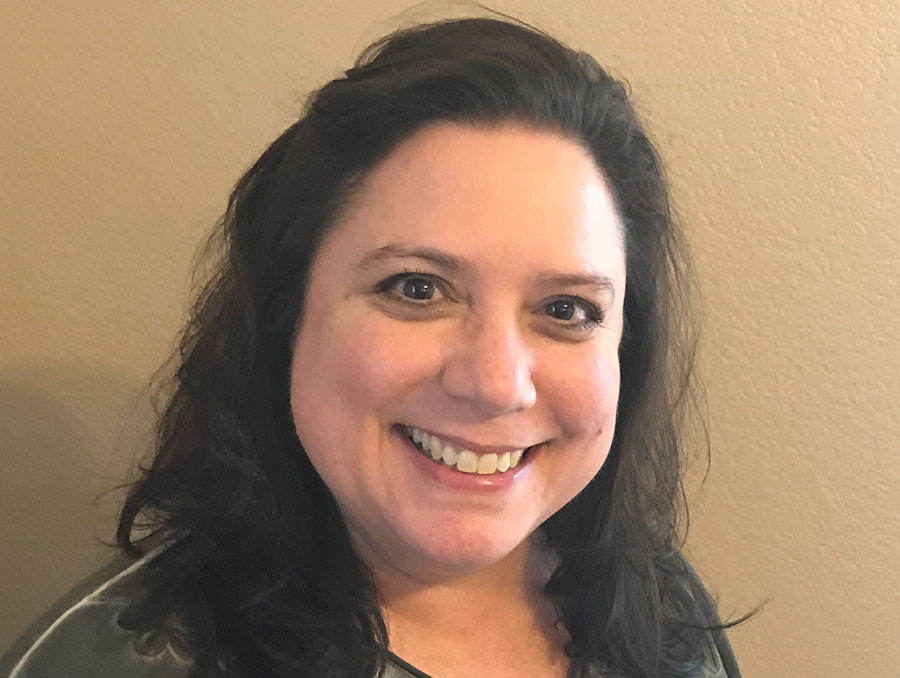Lesley Morris has joined the College of Agriculture, Biotechnology & Natural Resources as an associate professor of rangeland ecology & management in the Department of Agriculture, Veterinary & Rangeland Sciences. She is also a faculty member in the Ecology, Evolution and Conservation Biology doctoral program.
In addition to teaching classes in rangeland ecosystems and range and forest administration, Morris has also been conducting research in historical ecology, which is the study of how lands change over time, in part due to human use. She specializes in work on land use legacies, or the mark left on landscapes after agricultural or developmental use.
As part of the College’s Experiment Station unit, Morris is investigating the legacies left behind in Nevada by dryland farming, a method of farming that uses drought-resistant crops without the aid of irrigation. By observing how the farming method has altered the soils and vegetation in these landscapes, Morris is able to gather information on what to expect out of the land in the future, including if it’s suitable for restoration or production.
“Dr. Morris is an amazing addition to our rangeland science team,” Barry Perryman, professor and chair of the Agriculture, Veterinary & Rangeland Sciences Department, said. “Her specialization in the legacy effects of past land use practices will give us great insight and context for new outcome-based land management practices that will guide our future. We were fortunate to recruit her. She is a gem!”
Morris is also studying Nevada land use legacies left by growing crested wheatgrass. In the 1940s, crested wheatgrass was used to improve livestock grazing in rangelands. Although it is still used today, Morris is hoping to understand how the plowing and planting of crested wheatgrass has impacted Nevada rangelands and what to expect out of those lands in the future in terms of production.
Morris completed her graduate program at the University of Nevada, Las Vegas, where she examined the economic impacts of wilderness study areas in the state. During her program, she traveled extensively throughout the state to observe these areas. For her postdoctoral program, she lived in Reno and was able to familiarize herself with landscapes in the northern part of Nevada, which prepared her for her current research.
“Coming here to work at the University feels like coming home,” Morris said. “I’m looking forward to collaborating with my colleagues and creating more contacts throughout the state to continue this important research.”
In addition, Morris started working with the College’s Extension unit. She is hoping to start a project in collaboration with her colleagues in Extension and Oregon State University to gather and distribute information to ranch owners to ensure they are prepared for rangeland fires. She is also planning to work with a graduate student in the fall to begin research on the land use legacies of green strips, which are strips of land where plants that are more resistant to fire are grown to slow the speed of wildfires.















